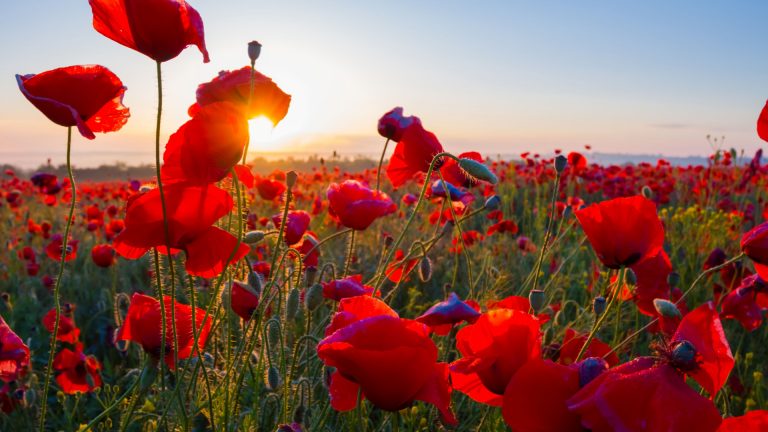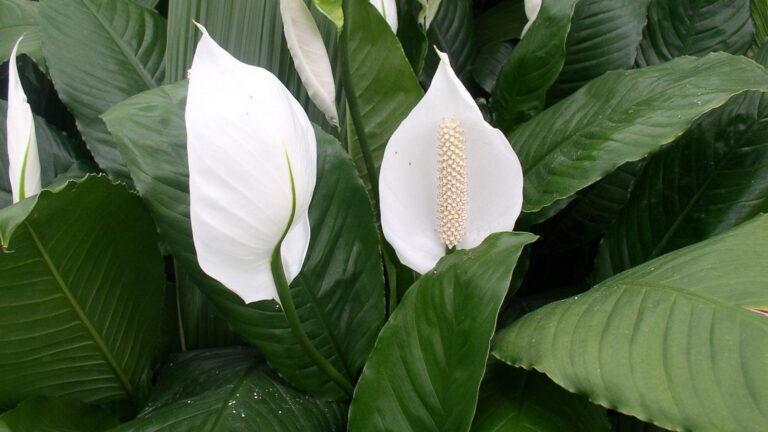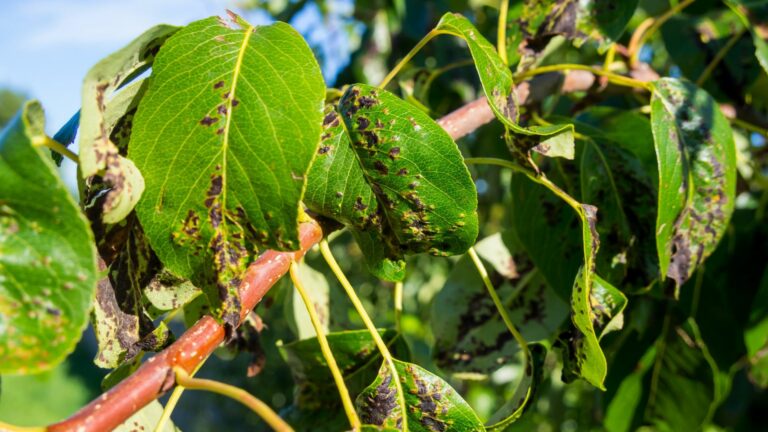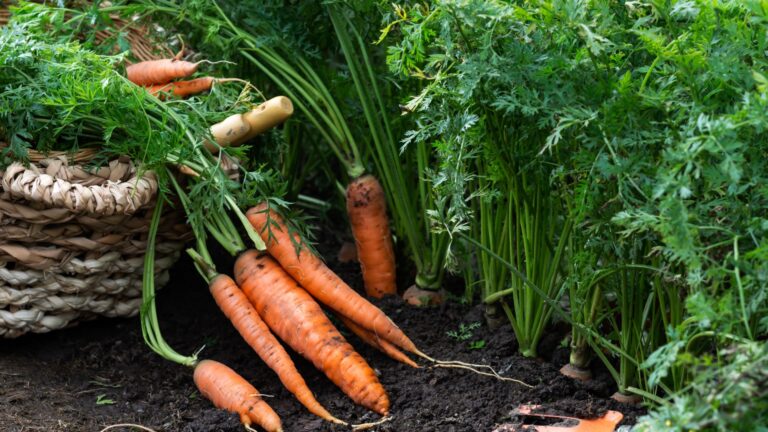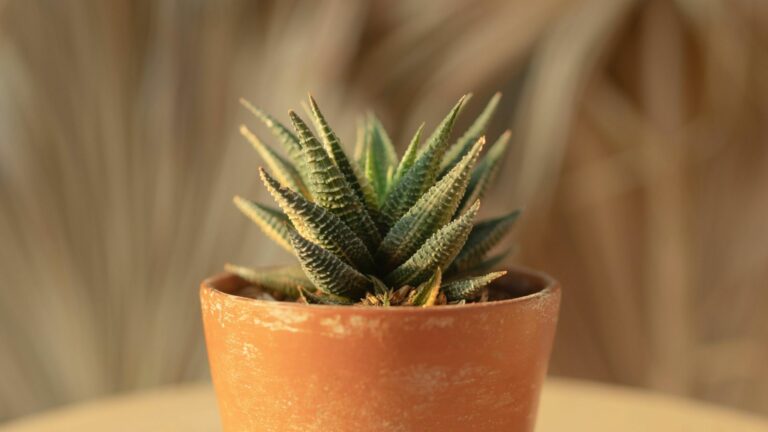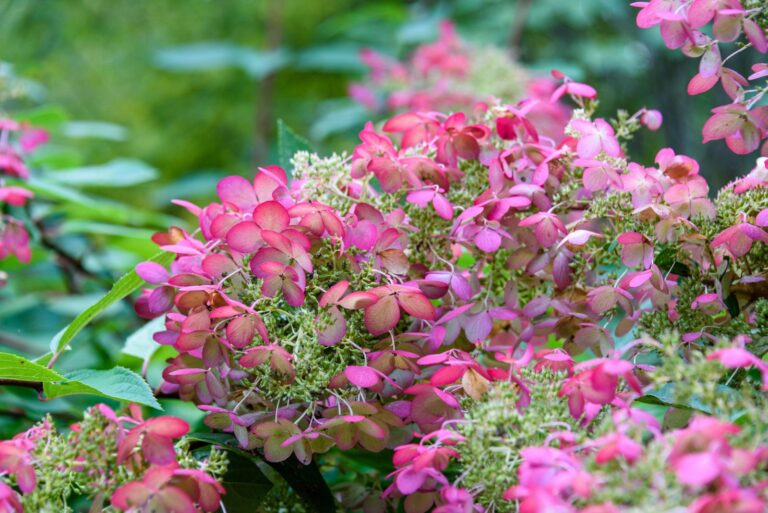Why Everyone Should Grow Calendula In Their Gardens
Calendula, otherwise known as Pot marigold, is a charming flowering plant that can be easily grown in the garden. In addition to its aesthetic appeal, calendula can also be used for culinary and medicinal purposes.
Whether you’re an experienced gardener or just starting out, growing calendula can be a rewarding and enjoyable experience!
In this article, we are going to cover some of the reasons you should grow calendula and also share some delicious recipes and growing tips.
Let’s begin!
Why You Should Grow Calendula

Before we dive into the planting and growing tips, let’s talk about the reasons you should grow calendula.
If you are looking for a plant that can boost the growth of nearby plants and also attract numerous beneficial insects to your garden, you should definitely consider growing pot marigolds!
Let’s discuss all this in more detail.
1. Beautiful Cut Flowers

Calendula produces stunning blooms in vibrant shades of orange and yellow. As well as decorating your garden, these eye-catching flowers can be cut and used in floral arrangements, making your home more colorful and cheery.
Calendula flowers are revered in India and have been used for centuries to adorn monuments of Hindu deities.
Regardless of your religion, the flowers can be used in a variety of floral arrangements and be garlanded, placed in vases, or used in a variety of other ways.
2. Long-lasting Blooms
If you are looking for long-lasting colorful flowers to spruce up your garden, then you should grow calendula!
Once the flowers appear, they continue to grace your garden for an extended period, providing a constant source of color and cheer. They usually last over summer and fall, creating a lovely display.
This also benefits the wildlife in your garden as they get to enjoy these nectar-rich flowers for a longer time.
3. Attracting Beneficial Insects

We are not the only ones that find these sunny flowers alluring – pollinators like bees absolutely adore the sweet calendula flowers!
Calendula attracts pollinators, but it also provides food for a variety of lepidoptera species like moths and butterflies.
Because they are in bloom for such a long time, they serve as a reliable source of nectar and pollen, so your garden would be filled with colorful butterflies and busy bees.
By growing calendula, you will be creating more thriving and robust garden ecosystems from which other plants would benefit as well.
4. Use It To Make Natural Dye
If you like the color yellow, why not try to make your own dye from calendula flowers?
The dye can be used in cooking as a saffron substitute and was previously used to color cheese and butter.
It can also be used to color natural fabrics, either by itself or in combination with a mordant to set the dye. You can also add it to your hair if you like golden tones.
Simply cook the flowers until they release the color. You can check out this video for more instructions:
5. Calendula Is A Good Companion Plant
Here is yet another useful reason to grow calendula in your garden!
With their yellow, nectar-rich flowers, these plants attract various insects such as bees, butterflies, ladybugs, hoverflies, and lacewings. Some are pollinators and some serve as predatory insects.
They are also good companion plants for tomatoes since they attract pests like aphids that would otherwise devour your tomato plants.
Furthermore, calendula can benefit other plants when grown as a cover crop or living mulch. It can cover and protect the soil because of its deep, fibrous roots and dense growth patterns.
6. Natural Weather Forecast

I know that you probably already have a weather app downloaded on your phone, but wouldn’t it be cool if you could tell the weather by looking at the plants in your garden?
There are many plants that can tell the weather, including calendula!
It’s interesting to note that the blooms frequently close in humid weather and may indicate the possibility of rain in certain regions.
By observing the behavior of the flowers, you can gain insight into upcoming weather patterns, making calendula a unique and natural weather forecasting tool in your garden.
7. Boost Your Compost
Calendula leaves and spent flowers can be added to your compost pile. Their organic matter enriches the compost and improves its nutrient content to promote healthy soil.
Calendula also works as a compost activator!
Compost activators accelerate the composting process and make it simpler and faster to replenish the garden system’s nutrients.
Maye E. Bruce created the Quick return composting technique in 1935, which entails using honey and six typical herbs as a compost activator.
Nettle, dandelion, chamomile, yarrow, valerian, and oak bark are the six plants frequently utilized. Calendula is also recommended as an option for use as a compost activator.
8. Free Herbal Medicine

Calendula possesses medicinal properties and has been used for centuries in traditional herbal medicine. The petals contain compounds known for their anti-inflammatory and healing properties.
It can be used for healing and exfoliating the skin, and also internally for detoxification.
9. Natural Cosmetics
In addition to free medicine, you can also use calendula to make your own organic cosmetics!
Oils and extracts from calendula are frequently included in organic skincare and cosmetic products. The flowers are perfect for making handmade creams, lotions, balms, and soaps because of their calming and reviving qualities.
By growing calendula, you get a beautiful flower and a new addition to your skincare routine!
If you want to know more about this, check some of the recipes down below!
10. Make Delicious Meals
Calendula flowers are edible and can be added to various meals or used as a garnish. These flowers are filled with nutrients and vitamins that can benefit your health.
The petals have a slightly tangy and peppery flavor, making them a wonderful addition to salads, soups, stews, and even desserts. They can be used dried or fresh.
You’ll find some delicious recipes later in the article, so be sure to stick around until the end!
Where To Plant Calendula

Calendula is a hardy plant that can grow in various conditions. I usually grow mine in containers but they can also be grown in flower beds, borders, or gardens as companion plants.
They can blend in with a variety of other garden design types even though they’re mostly used for casual, cottage-style gardens.
Find a sunny location for your calendulas – they should receive about 6 to 8 hours of sunshine during the day.
What’s also great is that calendulas can thrive in different soil conditions. They can produce vibrant flowers even in low-nutrient soils, though loamy soils with a pH between 4.5 and 8.3 are best.
How To Grow Calendula

Taking care of calendula is relatively easy. If it is grown in the right conditions, you won’t even have to worry about it!
Before planting, work the soil by removing any weeds or debris and amend it with compost or well-rotted manure. This will improve soil fertility and drainage.
Keep the soil moist but not waterlogged after planting. Once the plants are established, water them deeply once a week or more frequently during hot and dry periods. Avoid overhead watering to prevent foliar diseases.
Adding a layer of organic mulch around the base of the plants can help with moisture retention and weed growth prevention.
You should keep the area around the plants free from weeds because they can compete for nutrients and water.
Pinch back the growing tips of calendula plants to promote bushier growth. Deadhead spent flowers regularly to encourage continuous blooming and prevent self-seeding.
Recipes With Calendula

We promised you some delicious recipes, and these delightful dishes definitely don’t disappoint!
Let’s dive right in.
1. Calendula Cupcakes
Instead of using regular decorations for cupcakes, why not use real flowers instead?
Trust me, these cupcakes are going to look like flavorful flower gardens!
As well as using them as decorations, you can also use them as ingredients. Follow this link to see detailed instructions on how to make calendula cupcakes.
2. Sunshine Soup
If you want to cheer up someone who is sick, try making them a sunshine soup!
Calendula flowers can serve as natural coloring, so the soup ends up looking like a bowl of sunshine.
Ingredients:
• Large butternut squash
• Beef stock (preferably homemade – can also use chicken or vegetable stock)
• One large yellow onion
• 1 tsp. thyme
• 1 tbsp. turmeric
• 1 tsp. salt
• 1 tsp. ground pepper
• Handful of dried calendula petals
• 2 cloves of garlic
• Lemon to taste
Instructions:
1. Cook the butternut squash until tender, then put it in a high-speed blender with about a cup of beef stock.
2. Chop and sauté the yellow onion with the seasonings in the meantime. After adding another cup of stock and the calendula petals, boil the mixture for a few minutes.
3. Combine the squash and onion, then add everything back to the pot.
4. Add some fresh lemon juice and minced or pressed garlic.
5. Reheat and then serve.
3. Calendula Tea

Calendula flowers and petals can be used to make a tea that’s flavorful and has medicinal benefits. Not only can this tea be drunk, but it can also be applied externally in various ways.
It is suitable for use on people, including children (although pregnant women are advised to avoid it), as well as on pets and livestock. It’s important to note that while most people do not experience any issues, there is a low risk of sensitization and contact dermatitis.
Some individuals may have allergies to the daisy family, and applying calendula topically could potentially result in a rash. It is advisable to conduct a patch test on a small area before using it more extensively.
4. Salads With Calendula
Adding these vibrant yellow flowers can make any dish look more cheerful. Particularly the petals, which are well suited for use in a variety of salads.
You can add them to any type of salad you want since they don’t have the strongest flavor.
5. Calendula Hair Rinse
If you grow calendula, why not try and make some natural cosmetics? You will end up saving a lot of money on hair conditioner, and at the same time have lush and glowing hair!
Calendula works well in combinations to balance hair that is either greasy or very dry, and is very helpful for bringing out the golden tones in blonde or lighter hair.
Follow this link to find some useful tips on how to make herbal hair rinses.
6. Calendula Soap

If you have some time on your hands and want to get creative, try making calendula soap.
When used in cold-process soaps, calendula petals maintain their color and medicinal qualities, and there are numerous diverse formulas for making them. Find some that suit your needs and have fun!
7. Calendula Lip Balm
By making a natural calendula lip balm, your lips will be as delicate as calendula flowers.
Besides, most store-bought lip balms contain petroleum and other toxic ingredients that can do more harm than good.
Here’s what you will need:
• 2 ounces grated Beeswax (by weight)
• 7 ounces Calendula infused almond oil
• 10 drops Lavender essential oil or your personal favorite essential oil
• Spatula
• Kitchen scale
• Turkey baster or pipette
• Double boiler
• Glass jar for containing oils during the weight process
• Labels
• Lip balm tubes with lids
• Small container with a lid to store the remaining product
Instructions:
1. Gather all of the equipment and ingredients. Find a well-lit space to work.
2. Tare the glass measuring cup on the scale.
3. Measure the beeswax.
4. Place the beeswax up to the 8-ounce mark in a transparent measuring cup, then add the calendula-infused oil
5. Set a double boiler on medium-low heat, and add the oil and beeswax to it.
6. Stir the beeswax as it melts.
7. Remove the double boiler from the heat once the beeswax has melted, then whisk in the essential oil.
8. Using a turkey baster or pipette, pour the mixture into the tubes for the lip balm.
9. Cap the tubes firmly once the balm has hardened.
10. To remove drips, wipe finished tubes with a dry cloth.
11. Use rubbing alcohol and a clean rag to clean the tubes.
12. Add labels.
13. Give your lip balm a one-year shelf life starting from the day you made it.
8. Facial Toner

Instead of buying expensive facial toners, you can make them for free with calendula!
This facial toner’s base is a tea made from calendula. Steep 6 ounces of distilled water with a 1/4 cup of dried organic calendula flowers. Next, add 1 tablespoon of aloe juice.
This calendula-infused toner is moisturizing, slightly astringent, anti-inflammatory, and aids in skin healing.
9. Sugar Scrub
Yes, sugar scrub can also be made with calendula. After a few applications, your skin will be radiant and smooth!
Follow this link to find a recipe to make one. Trust me, it’s totally worth it. I have been making this for my friends and family for quite some time now, and they are all amazed.
10. Elixir For Cold
We have already mentioned that calendula has many medicinal properties. As well as making teas and soups to help you power through colds and flu, you can also try and make a special elixir that will bring you back to health!
Here’s what you will need:
• 1 cup fresh (or ⅔ cup dried) calendula flowers
• ⅔ cup dried elderberries
• ½ cup fresh (or ⅓ cup dried) elderflowers
• ½ cup fresh (or ⅓ cup dried) rose hips
• 2 tablespoons fresh (or 1 tablespoon dried) orange peel
• Brandy
• Honey
• 1 tablespoons fresh (or 1 teaspoon dried) ginger
Instructions:
1. Add herbs to a quart-sized, sanitized jar.
2. Pour brandy into the jar until it is about 3/4 full and the herbs are covered by 1-2 inches of brandy.
3. Fill the jar with honey, leaving 1 inch of room at the top.
4. Check that the herbs are coated with brandy and honey by sticking a chopstick into the jar to expel any air bubbles that might be there.
5. Close the jar and write the date and ingredients on the label.
7. Filter the elixir by pouring it through a fine mesh filter or many layers of cheesecloth over a bowl or wide-mouthed jar.
6. Steep for 4-6 weeks in a cold, dark spot and shake regularly. To extract every last drop of elixir, squeeze the marc (plant material).
8. Discard the cap, marc, and label the elixir.
Tip: Take two or three tablespoons of elixir every two to three hours when you are sick.
I hope you decide to grow some calendula flowers.
Until next time!

